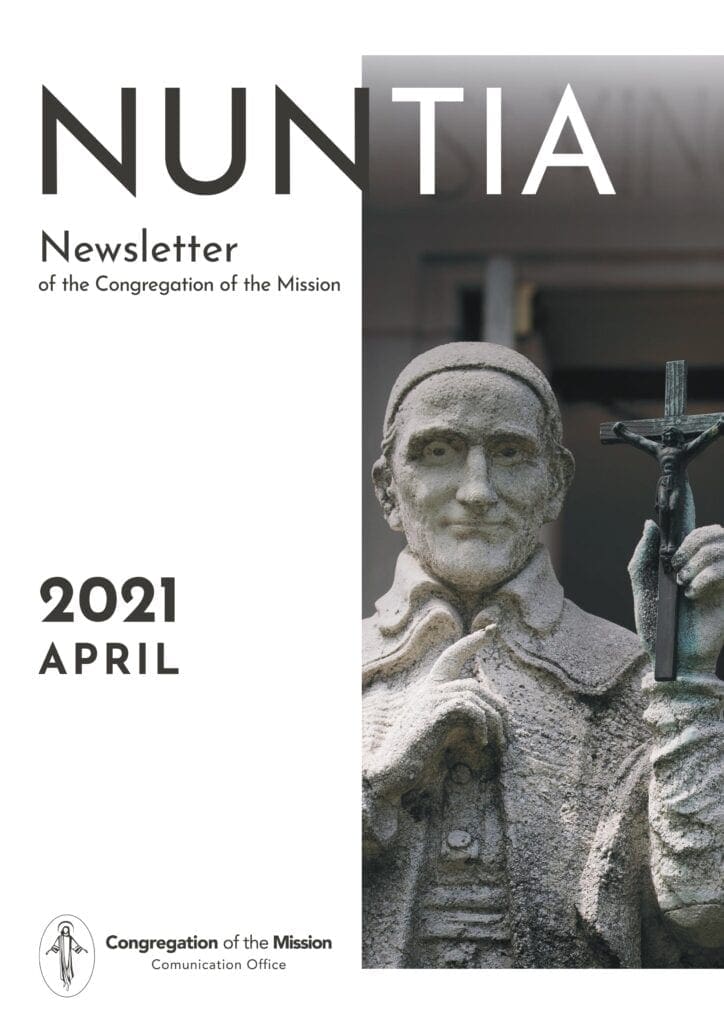 The RESURRECTION made child and mission
The RESURRECTION made child and mission
Since I was ordained a priest I have celebrated Mass for children and in my case I can say that, if I were given the choice of a community to celebrate Mass every Sunday, I would choose one where there are children. Many believe it is something simple because they are small and that is precisely the problem, since one must consider several factors such as: age, ability to be attentive, dynamics, pedagogy, creativity, flexibility to know they will not always respond as one has thought and the ability to be able to speak of the mystery with great simplicity.
Easter is one of the mysteries we adults have incorporated into our lives very naturally, where it seems to be logical and that it should be so… but it is not. Talking to children about the Resurrection is often difficult because they do not have a tangible experience of it, although they do have a tangible experience of death. Death is even closer to them because in some way or another they have lost a loved one or at least a pet and how to make them understand that the one who has died is alive.
While the Resurrection is not something “logical” (but rather a gift God has given us through his Son), I believe many of us have some experience of it in our lives, so we can talk about it and put into images what is a mystery, and in my particular case it has the face of a mission and of a child.
When I was 18 years old I had my first mission experience, in the north of Argentina (a few kilometers from Bolivia). In the mountains, about 4500 meters above sea level, very cold, and extremely arid terrain. As the youngest in the group, I was in charge of the children and the preparation for communion. For 12 days I was able to watch a small group of children arrive at the chapel from far away. They got up early in the morning to walk between 1 to 4 hours to arrive on time and although they spoke very little, at the moment of singing they did it very loudly, as if raising their voices to a God of whom, the only thing they knew was what their grandmothers or mothers had passed on to them, but that was enough. On the day of communion one could notice, in that almost cultural silence, the joy and happiness of receiving Jesus made bread. At the end of the day and when I was about to return to my town, one of them, called Daniel, simply gave me a hug and said “thank you”. Then I understood that, in spite of all that atmosphere of death, silence and sacrifice, there was life, there was resurrection.
In 2015, I experienced a personal crisis like never before and as God knows our inner self, one day He placed me amidst a group of children to whom I gave two little medals of the Virgin. One for them and the other to give to whom they thought could need it. Finally, when I was almost leaving, a child said to me, he want to give the medal to me so that I would not be sad anymore. At that moment I did not know how to respond, but I did know it was an encounter with the Risen One, like in that encounter of Mary who, hearing his name, without understanding much, was able to recognize her master in that face.
And I could go on writing stories like these of those poorest and most inhospitable places where God made me understand, with a child’s face, the meaning of the Resurrection, because yes, we the missioners should not only go on mission to announce the Risen One, but also to meet the Risen One in the mission. Without this encounter, without this experience, the children will be able to hear from us a good theology about Easter, but they will never understand what Easter is in our lives in order to discover it in theirs.
Fr. Hugo Vera, C.M.

